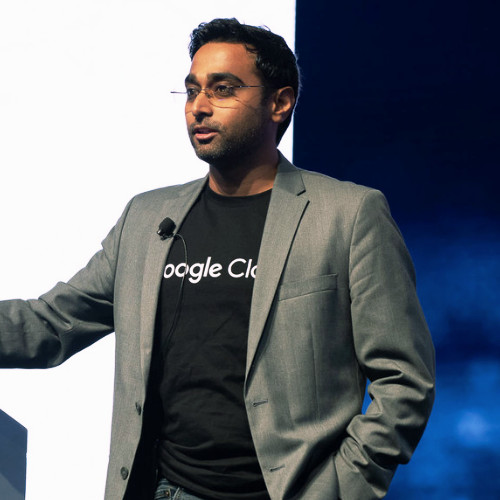Supercharge your SaaS with AI from Google (Naresh Venkat, Google)
Artificial intelligence is here to stay. It’s an active part of the technology and products offered by many SaaS companies.
But it’s complicated and requires expensive data and computation resources. How does a company like Google sell its AI technology for use in other software?
APIs provided a solution. “APIs are the way to democratize anything,” says Naresh Venkal, who leads partnerships at Google Cloud. In Google’s case, they made it easier to form partnerships with other companies, spurring a partner-first approach in Google’s work.
What kind of AI is Google working on?
“Every product that we are bringing to market is made in a way that it’s smart,” Naresh says. “It learns from interactions.”
One of Google’s biggest successes has been incorporating machine learning into search. Google Translate has also seen great strides from the addition of machine learning, as have Google Photos and Gmail’s smart reply feature.
Much of Google’s work in AI is founded on its work on Alpha Go, an AI and machine learning-based approach to Go. Unlike chess, which is deterministic, Go involves an element of intuition, making it more difficult for computers to analyze effectively.
By working on Alpha Go, Naresh’s team began to understand machine learning and AI in a more nuanced way. They then began to look for ways to apply that information to real-life use cases.
How does Google’s partner-first approach work?
Google’s partner-first approach relies on three pillars: building blocks, platforms and solutions.
Building blocks. Building blocks are the basic components required to build a productive project. Often, these building blocks are simple. For instance, a company that needed to assess windmill damage partnered with Google to take photos of the windmills and use machine learning to assess the images. “We enable them to do it with optimal vision,” says Naresh.
Platforms. Platforms are the second part of the approach. Often, companies face hurdles when they need to switch between platforms while helping customers. For instance, a contact center agent may speak to a customer, but then neglect to put the customer’s information into the CRM. Machine learning can help this company address customer problems more easily and automate the sorting of customer information into the correct databases.
Solutions. Solutions are the third part of this approach. For example, Naresh discusses a partnership in which a company’s product managers needed to get customer feedback in real time. While objective feedback was easy to gather and analyze, subjective comments had to be typed by the customer, then read by a staff member. Google’s solution was to create a model based on Google Cloud AI that could look for specific terms in the typed information in order to assess the writer’s sentiment or issues. It could then push this information to product managers more quickly.
By focusing on building blocks, platforms and solutions, Google has been able to expand its understanding of AI and create strong partnerships with a wide range of companies.
